The internet is a vast network of interconnected websites, where hyperlinks guide users to valuable resources and information. External links, or links that point to pages on other websites, play a key role in enhancing the credibility of your content. What are external links? They are references from your site to authoritative sources, signaling to search engines that your content is part of a trusted network. By using external links effectively, you can boost your site’s SEO, provide additional value to users, and improve your site’s reputation across the web.
What are External Links?
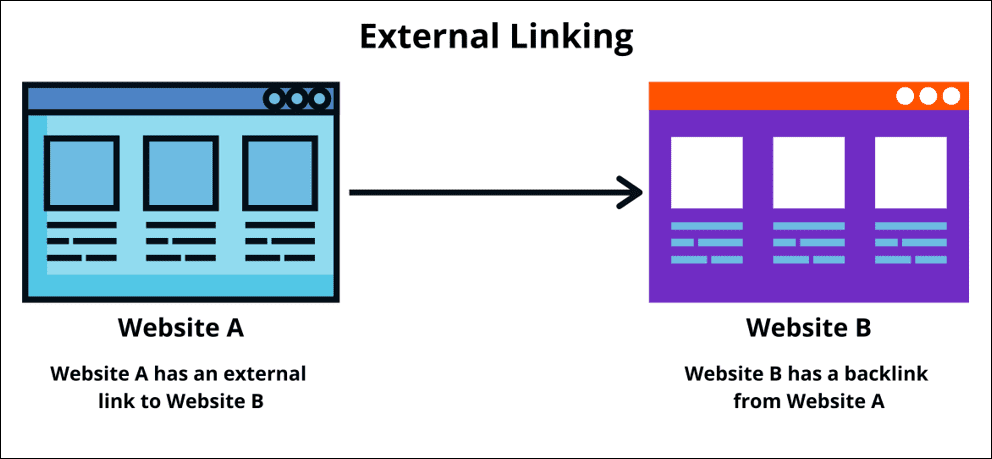
External links, also known as outbound links, are hyperlinks that point from one website to a different, external website. These links are placed within the content of a webpage and direct users to another domain or resource outside the original site. For example, if you’re reading an article on a blog and click on a link that takes you to a different website (like a news site, a product page, or a research paper), that’s an external link. It’s called “external” because it points to a website outside the one you’re currently on, as opposed to internal links, which connect pages within the same website.
External links can be found anywhere on a webpage – in blog posts, articles, product descriptions, or even in footnotes. They are often used to provide additional information, references, or resources that support the content you’re reading. So, when you click on an external link, you’re being directed to another site that could offer more in-depth information on the topic you’re exploring.
By including external links, websites can share knowledge, direct users to relevant resources, or even back up the claims they make by linking to credible sources. This helps users find more comprehensive information, which can make their browsing experience more useful and enjoyable.
Why External Links Matter for SEO and User Experience
External links play a crucial role in both SEO (Search Engine Optimization) and user experience. They do much more than just connect your website to others; they contribute significantly to your website’s credibility, authority, and visibility in search engines. Here’s why they matter:
- Boost SEO and Improve Rankings: External links are a signal to search engines that your content is connected to reputable sources. By linking to high-quality, authoritative sites, you improve your site’s SEO and increase its chances of ranking higher in search engine results.
- Build Credibility and Authority: When you link to respected websites, you associate your content with reliable sources. This helps build your site’s authority, making it more credible in the eyes of both users and search engines.
- Enhance User Experience: External links offer additional resources and information that users can explore. This improves their experience by giving them more value, context, or depth on the topic, making your content more engaging and useful.
- Increase User Engagement and Time on Site: By linking to interesting and valuable external content, you encourage users to spend more time on your site. Engaged users are likely to browse longer, improving their overall experience.
- Create Opportunities for Backlinks and Traffic: External links can also help with link-building. When reputable sites see that you’re linking to them, they may link back to your site, driving more organic traffic and boosting your site’s visibility.
- Foster Industry Relationships: Linking to other authoritative websites can also foster connections within your industry, leading to potential collaborations and networking opportunities.
In short, external links not only improve SEO but also enhance user experience by providing valuable resources and fostering engagement. When used strategically, they can contribute to higher rankings and increased traffic.
The Role of External Links in Building Authority
External links are crucial for establishing your website’s authority. When you link to reputable, high-quality websites, you signal to both users and search engines that your content is well-researched and trustworthy. This not only builds credibility but can also improve your site’s search engine rankings, as search engines view these links as endorsements of your content’s value.
Additionally, linking to respected sources helps establish trust with your audience. When users see you’re connecting to industry leaders or authoritative publications, they’re more likely to trust your website. Over time, this builds your site’s reputation as a credible resource. External links can also create networking opportunities, leading to potential collaborations or backlinks that further boost your site’s authority.
In essence, external links help position your website as a trusted and authoritative resource, enhancing your credibility and visibility over time.
What are the Types of External Links?
External links can be categorized into two primary types that significantly impact SEO: Do-Follow Links and No-Follow Links. These two types influence how search engines treat the links and the flow of SEO value between websites.
-
Do-follow links
A Do-Follow Link is the default type of external link. When you use a do-follow link, search engines follow the link and pass on SEO value, which can help improve the ranking of the linked page. Essentially, do-follow links serve as an endorsement of the linked content. They help to boost the authority of the website being linked to by transferring link juice (SEO power) from your site to the destination page.
Example of Do-Follow Link:
<a href=”https://www.example.com”>Check out this great resource!</a>
In this example, there are no special attributes added to the link, so search engines will follow it and pass the SEO value.
-
No-follow links
A No-Follow Link is used to tell search engines not to follow the link or pass on any SEO value. This is commonly used for paid links, sponsored content, or user-generated content where you want to avoid giving SEO credit to the linked site. Adding the rel=”nofollow” attribute to the link tells search engines to ignore it for ranking purposes.
Example of No-Follow Link:
<a href=”https://www.example.com” rel=”nofollow”>Check out this site!</a>
In this case, the rel=”nofollow” tag ensures that search engines do not pass any SEO value to the linked website, helping to prevent ranking manipulation.
What is an external linking strategy?
In simple terms, an external linking strategy is a comprehensive process that involves building external links or backlinks, to improve various metrics for your website. It follows the best off-page SEO practices that are implemented to improve your domain authority, reachability, and rankings on SERPs. It can include activities like backlink building.
Internal vs. External Links: What’s the Difference?
Understanding the difference between internal and external links is key to optimizing both user experience and SEO. Internal links point to other pages within the same website or domain. They help users navigate your site, improving engagement and keeping visitors on your site longer. For search engines, internal links make it easier to crawl and index pages, distributing SEO value across your site. By guiding users to relevant content, internal links also boost site performance and SEO.
In contrast, external links direct users to other websites or domains. These links are useful for referencing trusted sources or providing additional resources. Linking to authoritative sites enhances your content’s credibility and can improve SEO when those sites link back to you. Although external links can take users off your site, they provide valuable information, support user experience, and building authority.
In short, internal links help with site navigation, engagement, and SEO within your website, while external links improve credibility, SEO, and provide additional value by connecting users to trusted external content.
Best Practices for Using External Links
-
Use Descriptive Anchor Text for Clarity
Always use descriptive, relevant anchor text for your links. Instead of generic terms like “click here,” choose text that explains the linked content, such as “SEO best practices.” This helps users understand what to expect and gives search engines better context for the link.
-
Avoid Link Schemes and Spammy Practices
Avoid link schemes, such as buying links or engaging in manipulative practices. These can lead to search engine penalties. Instead, focus on linking naturally to valuable, authoritative sites.
-
Ensure Link Relevance to Your Content
Only link to sites that are relevant to your content. Irrelevant links can confuse users and damage trust. Make sure your external links provide real value and enhance your content.
-
Regularly Audit Your External Links
Check your external links regularly to ensure they’re not broken or outdated. Use tools like Google Search Console to identify and fix any issues, keeping your content reliable and SEO-friendly.
-
Use “NoFollow” for Untrusted Links
For low-quality or untrusted sites, use the rel=”nofollow” attribute to prevent search engines from passing SEO value. This is important for links in user-generated content or paid advertisements.
How Search Engines Evaluate External Links
Search engines like Google view external links as votes of confidence, signaling to them that the linked content is valuable and relevant. When evaluating external links, search engines consider several factors to determine their impact on SEO:
- Relevance: Links that are contextually relevant to your content are more valuable.
- Authority: Links from reputable, authoritative sites carry more weight.
- Anchor Text: Descriptive, keyword-rich anchor text provides a better context for search engines.
- Link Quality over Quantity: A few high-quality links are more beneficial than many low-quality ones.
- Follow vs. NoFollow: Do-follow links pass SEO value, while no-follow links don’t directly impact rankings but can still drive traffic.
By assessing these factors, search engines determine the impact of external links on a page’s ranking.
Frequently Asked Questions About External Links
Can External Links Harm Your Website’s SEO?
External links generally don’t harm your SEO as long as they are used correctly. Linking to high-quality, relevant, and authoritative sites can enhance your content’s credibility and improve your rankings. However, if you link to low-quality, spammy, or untrusted websites, it can negatively impact your site’s reputation and SEO. It’s important to audit your external links regularly and use the no-follow attribute for untrusted links to prevent any SEO penalties.
How Do External Links Differ from Internal Links?
External links point to pages on other websites, while internal links connect different pages within your own site. External links help build your site’s authority by referencing high-quality sources, while internal links help with site navigation, improve user experience, and distribute SEO value across your website. Both types of links are crucial for a well-optimized site but serve different purposes in SEO and user engagement.
Should You Always Follow External Links?
You shouldn’t always follow external links. For trusted, high-quality, and authoritative sources, do-follow links help pass SEO value, improving the linked page’s ranking. However, for untrusted, paid, or irrelevant links, it’s best to use the no-follow attribute to prevent passing SEO value to low-quality sites. This ensures that your SEO efforts aren’t negatively impacted while still providing valuable resources to your users.
Conclusion: Making the Most of External Links for SEO and User Engagement
External links are a small yet significant factor in SEO and should be paid close attention. The community and rank-building activities related to external links should not be ignored whether you are creating a new website or already have an established one. External links are one of the toughest metrics to manipulate. Thus, it is one of the best ways for a search engine to determine your website’s reputation and boost your rankings.
Popular Searches
How useful was this post?
3 / 5. 2


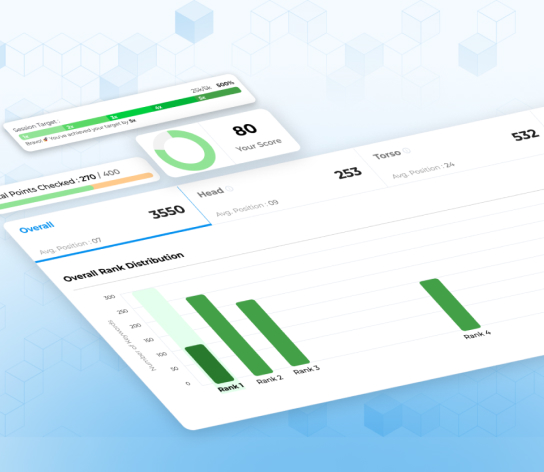








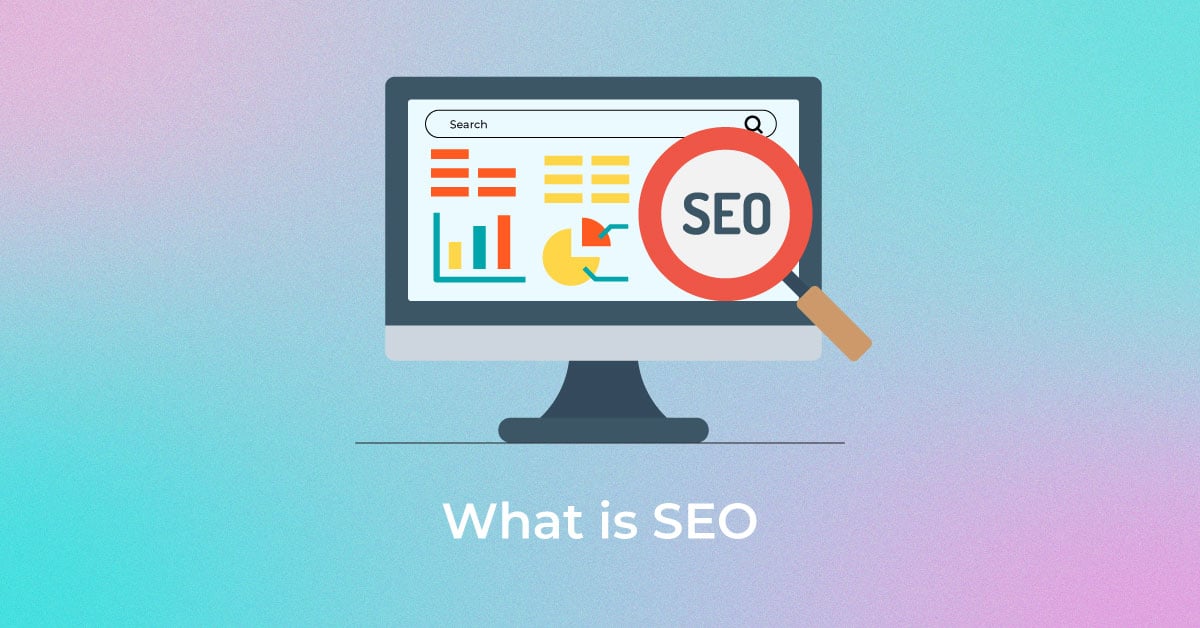

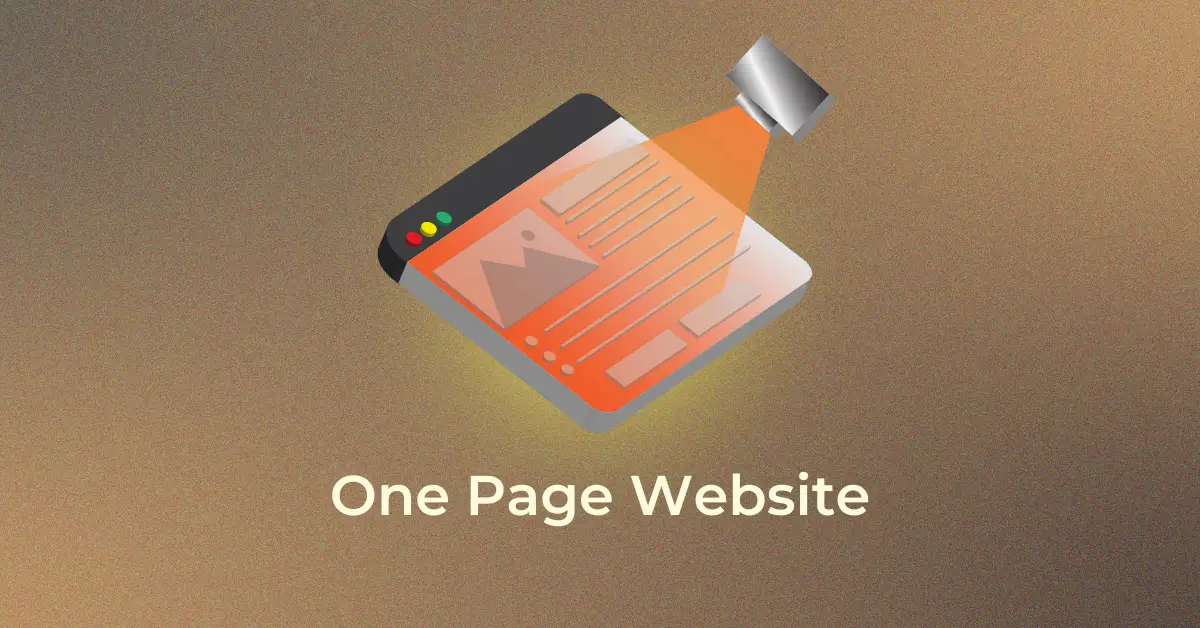


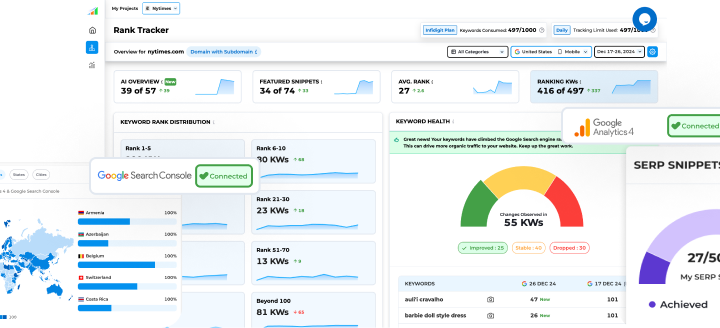

6 thoughts on “External Links: External Linking Best Practices for SEO”
great article sir and also in easy language which helps to understand better.
Thanks. Check out our latest posts for more updates.
Yes, external link is very important to rank websites and blogs. Very useful article thanks for sharing.
Thanks. Read our latest posts for more updates.
That’s really nice post. I appreciate your skills. Thanks for sharing.
Thanks, Subscribe to us for more latest updates